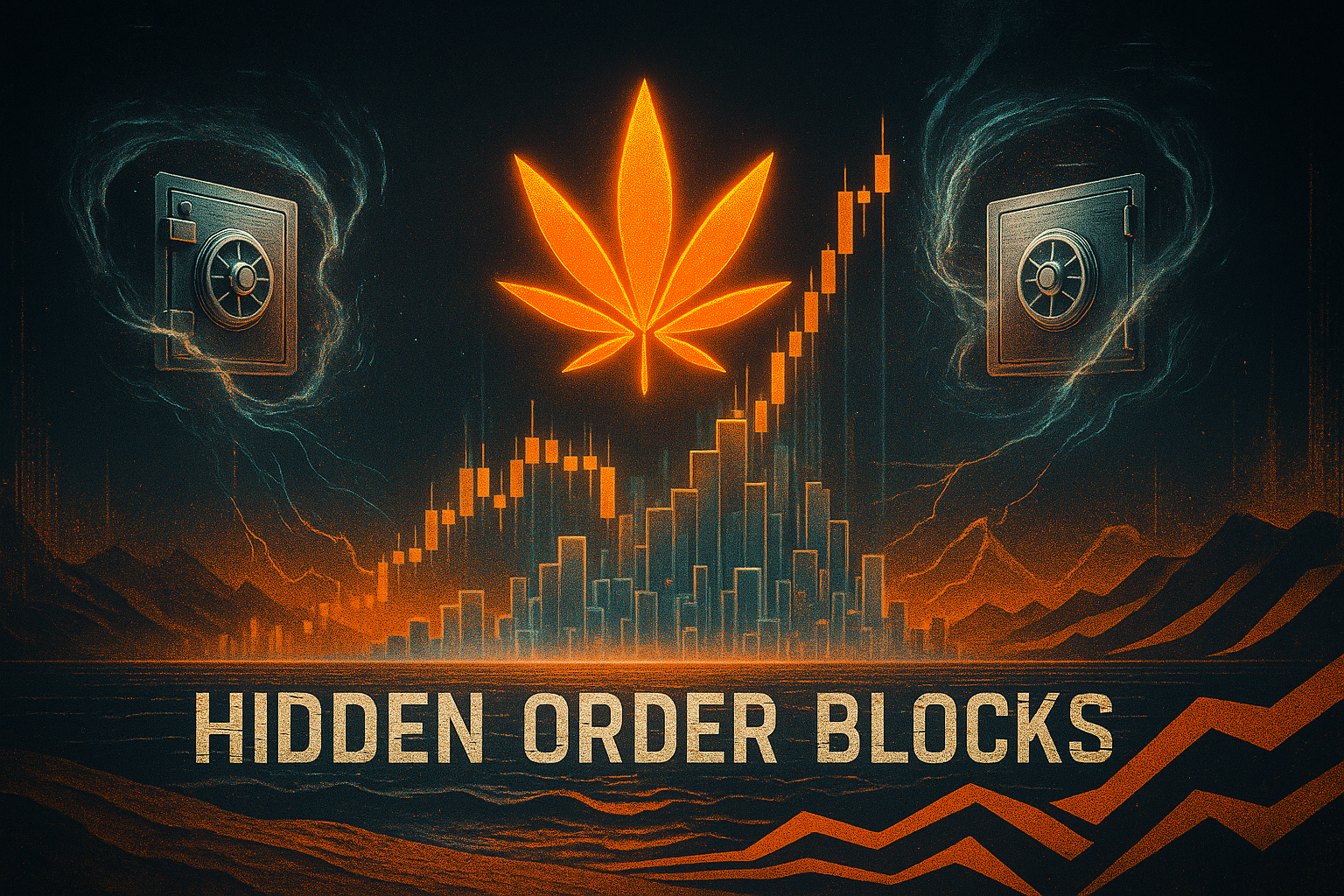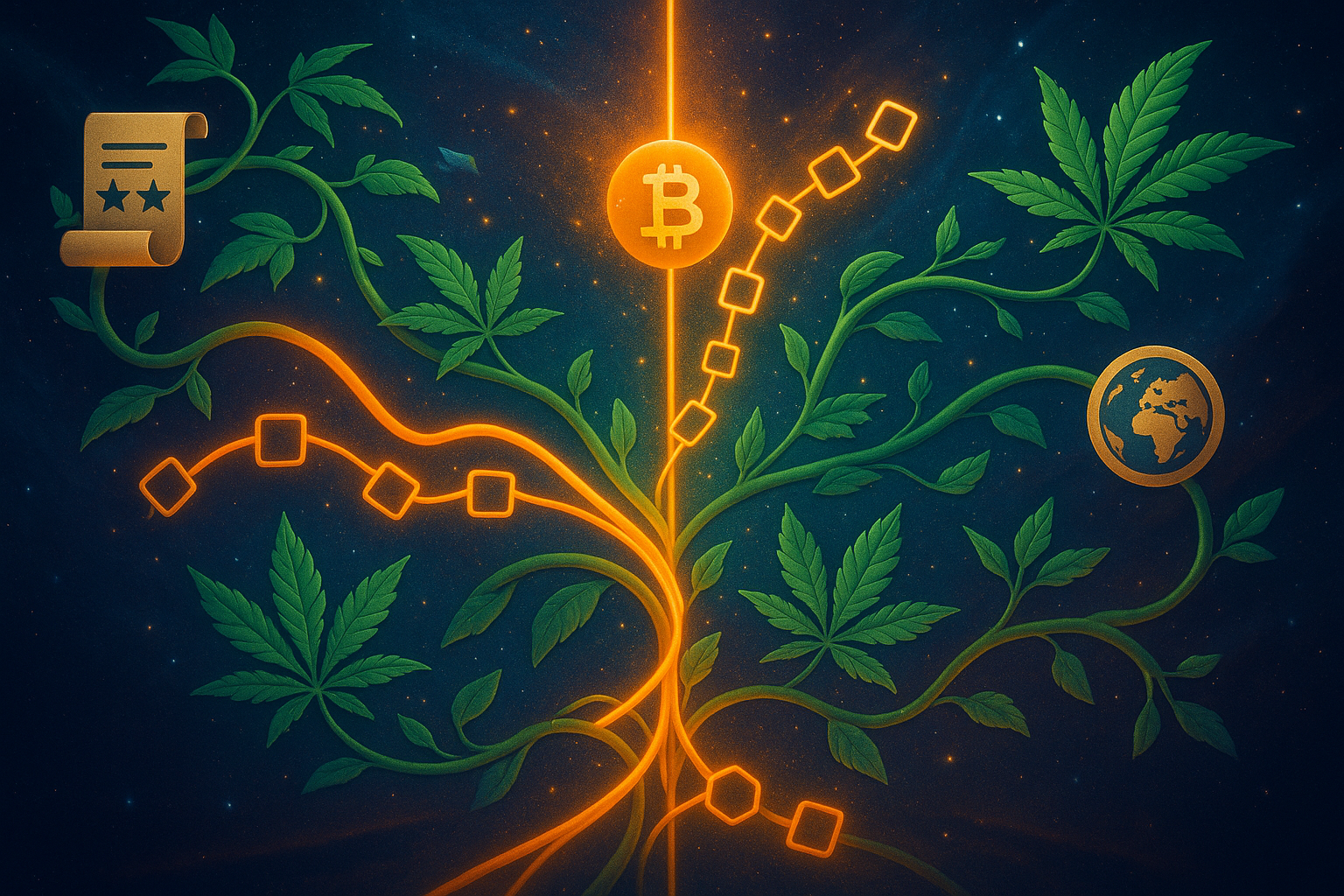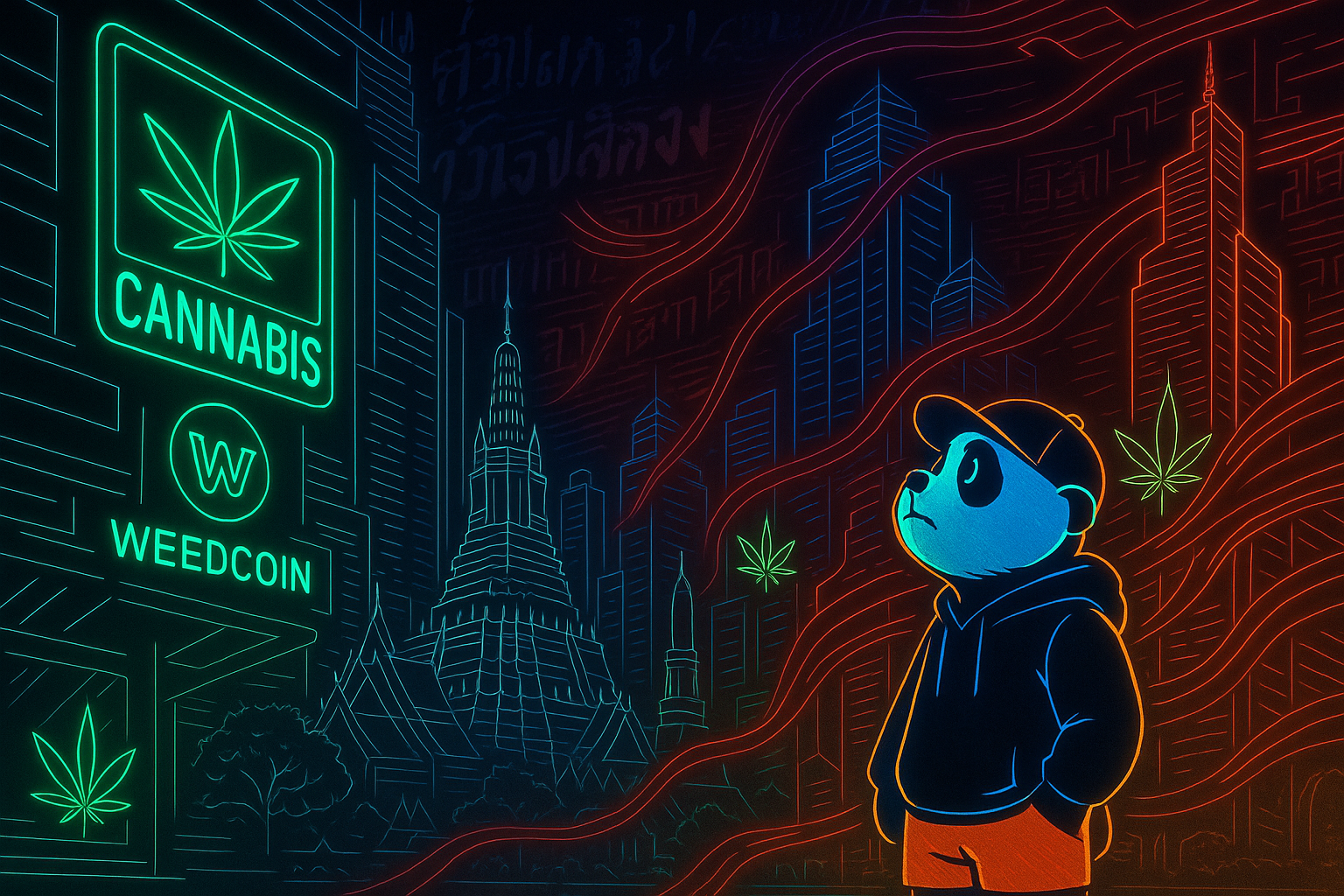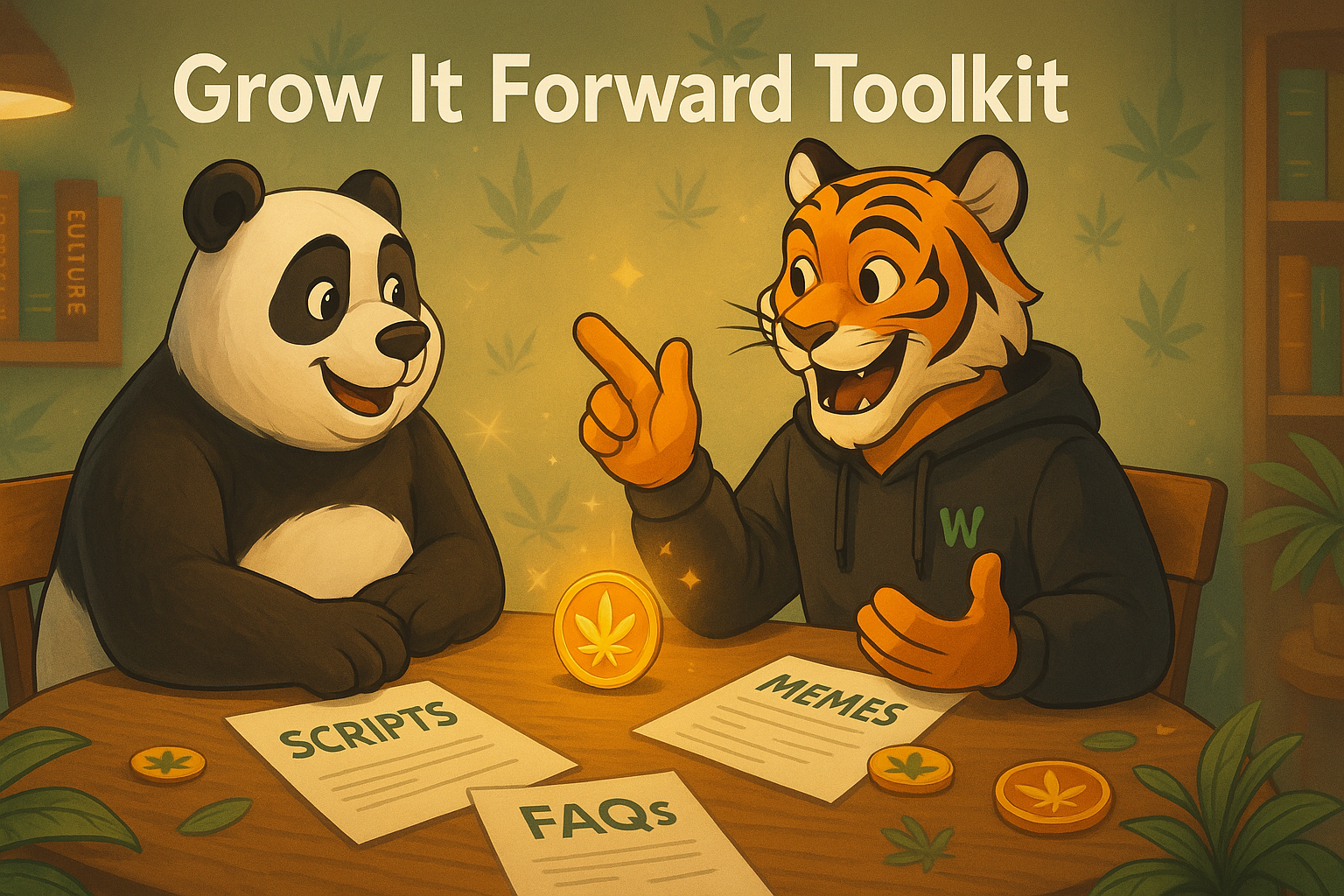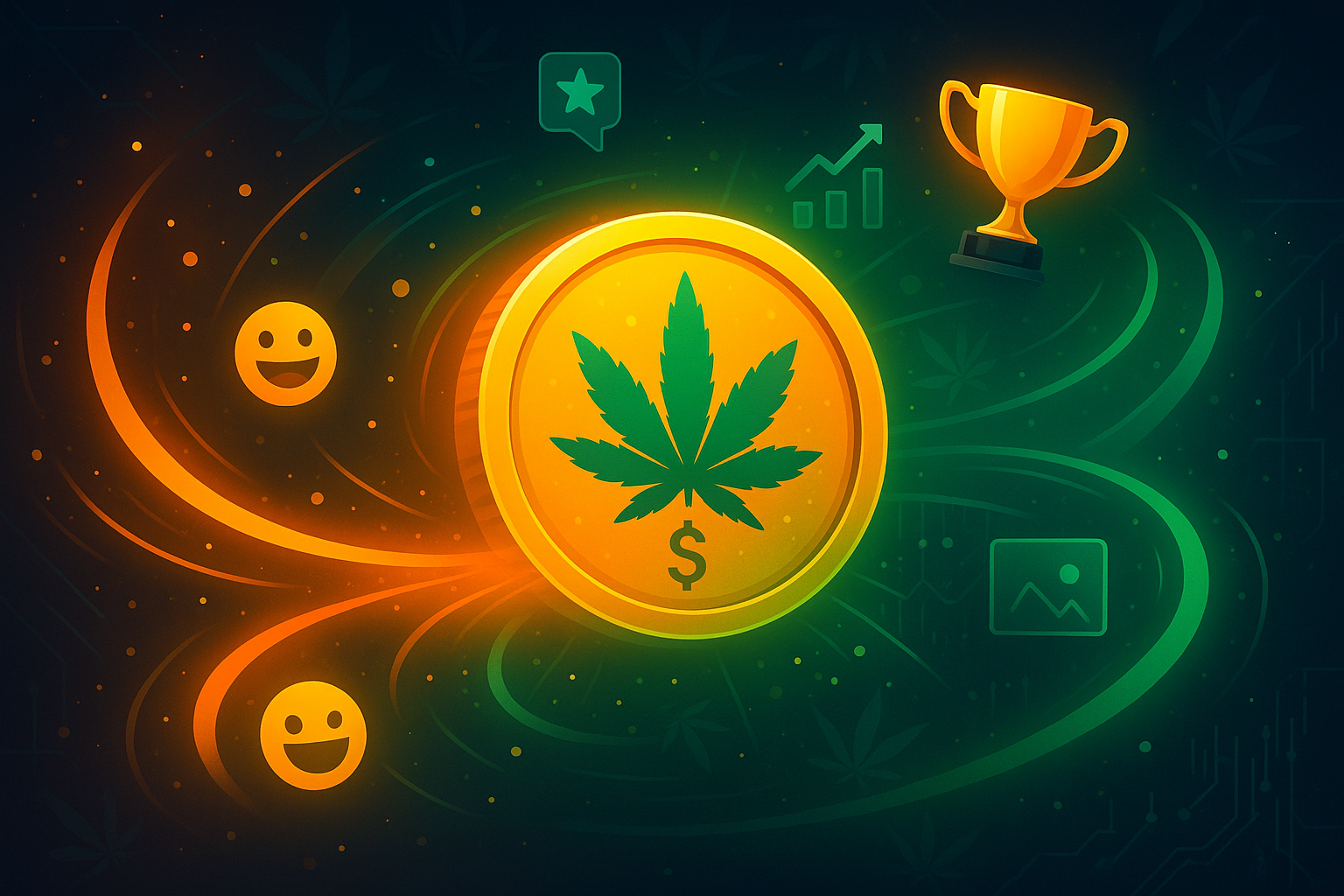Rare but Serious Risks of Medical Marijuana
Understanding Severe Reactions and How to Avoid Them
While most medical marijuana users experience mild side effects, there are rare but serious risks that can significantly impact health if not addressed. At Weedcoin, we’re dedicated to ensuring you have all the facts through the MediWeed Hub with irie vibes. In this article, we’ll dive into the rare but severe risks of medical marijuana, such as psychosis and cannabinoid hyperemesis syndrome (CHS), and how to avoid them. Whether you’re using a strain like Weedcoin OG or managing a chronic condition, this guide will help you stay safe—let’s explore these serious risks in detail!

Although uncommon, medical marijuana can cause severe reactions in certain individuals, particularly with high-THC use. We’ll examine these rare risks and their implications.
Cannabis-Induced Psychosis
High doses of THC can trigger psychosis in susceptible individuals, a rare but serious risk affecting mental health. Doses above 20 mg THC can cause symptoms like hallucinations, delusions, and paranoia, particularly in those with a family history of schizophrenia or bipolar disorder. For example, a patient using 25 mg THC from a potent strain like Weedcoin OG might experience visual distortions or intense paranoia if they have a genetic predisposition. Cannabis-induced psychosis typically resolves within hours to days after stopping use, but as many as half of those who experience it may go on to develop chronic conditions like schizophrenia or bipolar disorder, especially if use continues. The risk is dose-dependent—higher THC levels (e.g., 20% in modern strains) and frequent use increase the likelihood. A European study from 2020 found that high-potency cannabis products carried a greater risk of hallucinations and delusions compared to lower potency types, emphasizing the need for careful strain selection.
Cannabinoid Hyperemesis Syndrome (CHS)
Cannabinoid hyperemesis syndrome (CHS) is another rare but serious risk associated with long-term, heavy cannabis use. CHS causes repeated and severe bouts of nausea, vomiting, and abdominal pain, often requiring hospitalization. It typically occurs in daily users who have consumed cannabis for 10–12 years, affecting about 2% of heavy users. A patient using 1 gram of cannabis daily for a decade might suddenly experience uncontrollable vomiting, with symptoms recurring if use continues. A hallmark of CHS is that hot showers temporarily relieve symptoms, a diagnostic clue for healthcare providers. The only definitive treatment is cessation—symptoms usually resolve within 1–2 weeks of stopping cannabis, but they return if use resumes. The exact cause isn’t fully understood, but it may involve THC’s overstimulation of CB1 receptors in the gut, leading to a paradoxical nausea response.
Risk of Allergic Reactions
Though extremely rare, some patients may experience allergic reactions to cannabis, particularly with inhalation or topical use. Symptoms can range from mild (e.g., skin rash, itchy eyes) to severe (e.g., anaphylaxis, difficulty breathing). Allergies may be triggered by cannabis pollen, mold on improperly stored products, or terpenes like linalool, which is also found in lavender and can cause contact dermatitis. For instance, a patient applying a topical cannabis product with high linalool content might develop a rash, while someone smoking moldy cannabis could experience respiratory distress. These reactions are uncommon but more likely in patients with pre-existing allergies to plants in the Cannabaceae family, such as hops.
Interactions with Medications
Medical marijuana can interact with certain medications, leading to rare but serious risks, especially for patients with complex health conditions. THC and CBD are metabolized by the liver’s cytochrome P450 enzymes, which also process many drugs, potentially altering their effects. For example, CBD can inhibit the metabolism of blood thinners like warfarin, increasing the risk of bleeding—a patient taking 50 mg CBD daily alongside warfarin might experience excessive bruising. THC can enhance the sedative effects of medications like benzodiazepines or opioids, increasing the risk of respiratory depression. A patient combining 10 mg THC with an opioid for pain management might feel dangerously drowsy, posing a risk of overdose. These interactions are rare but more likely in older adults or those on multiple medications.
Risk of Accidental Overdose in Vulnerable Populations
Accidental overdose, while rare, can be a serious risk, particularly for children or elderly patients. High THC doses (e.g., 50 mg) can cause severe symptoms in children, such as lethargy, ataxia, and respiratory depression, often due to accidental ingestion of edibles—Web ID: 1 reports an increase in pediatric ER visits due to cannabis exposure. For elderly patients, high THC doses can exacerbate cardiovascular risks, potentially triggering arrhythmias or fainting, especially if they have heart disease. A 70-year-old patient using 20 mg THC for insomnia might experience a dangerous drop in blood pressure, leading to a fall. Proper storage and dosing are critical to prevent these incidents, particularly in households with vulnerable individuals.
Practical Tips
- Use low-THC strains (e.g., 10% THC or less) if you have a family history of mental health disorders to reduce psychosis risk.
- Stop cannabis use immediately if you experience severe vomiting—consult a doctor and mention CHS as a possible cause.
- Test topicals on a small skin patch before full use to check for allergic reactions, especially if you’re sensitive to terpenes like linalool.
- Discuss cannabis use with your doctor if you’re on medications like blood thinners—monitor for signs of interactions, such as bruising.
- Store cannabis products securely, out of reach of children, and label edibles clearly to prevent accidental ingestion.
Key Takeaways:
- High THC doses (e.g., 20 mg) can trigger cannabis-induced psychosis, with a risk of progressing to schizophrenia in susceptible individuals.
- CHS causes severe vomiting in heavy, long-term users (10–12 years), with hot showers providing temporary relief.
- Allergic reactions to cannabis are rare but can include rashes or anaphylaxis, often due to pollen, mold, or terpenes.
- THC and CBD can interact with medications like blood thinners, increasing risks like bleeding or sedation.
- Accidental overdose in children or the elderly can lead to severe symptoms, emphasizing the need for secure storage.

